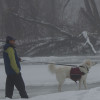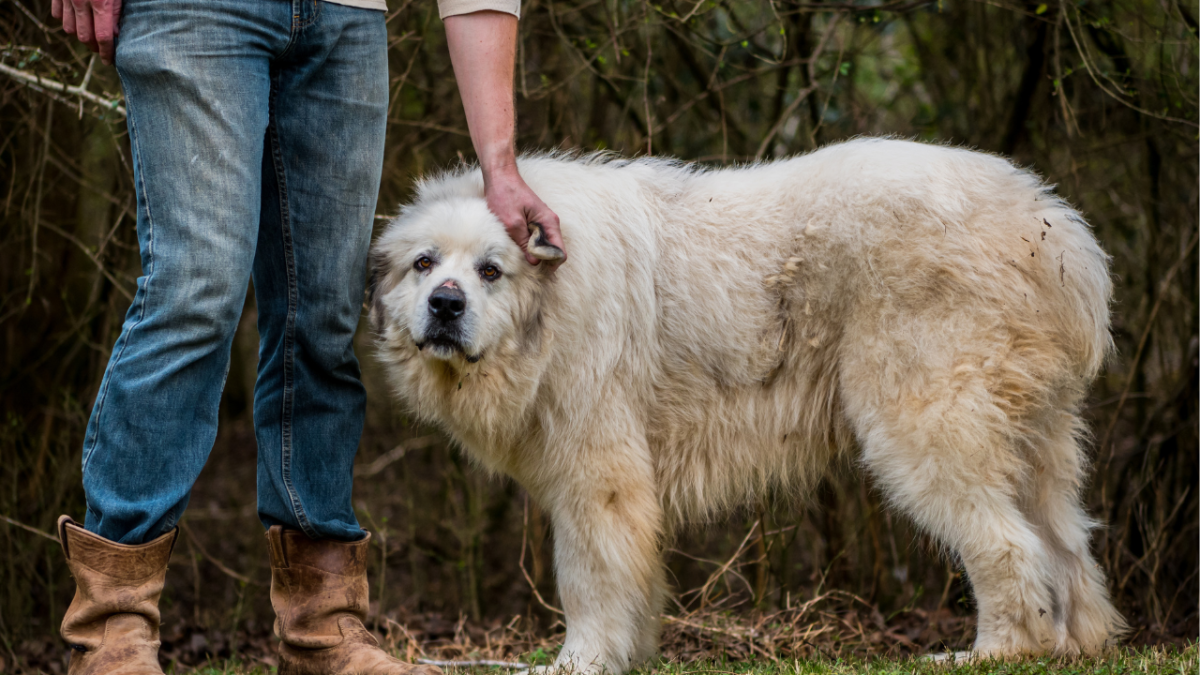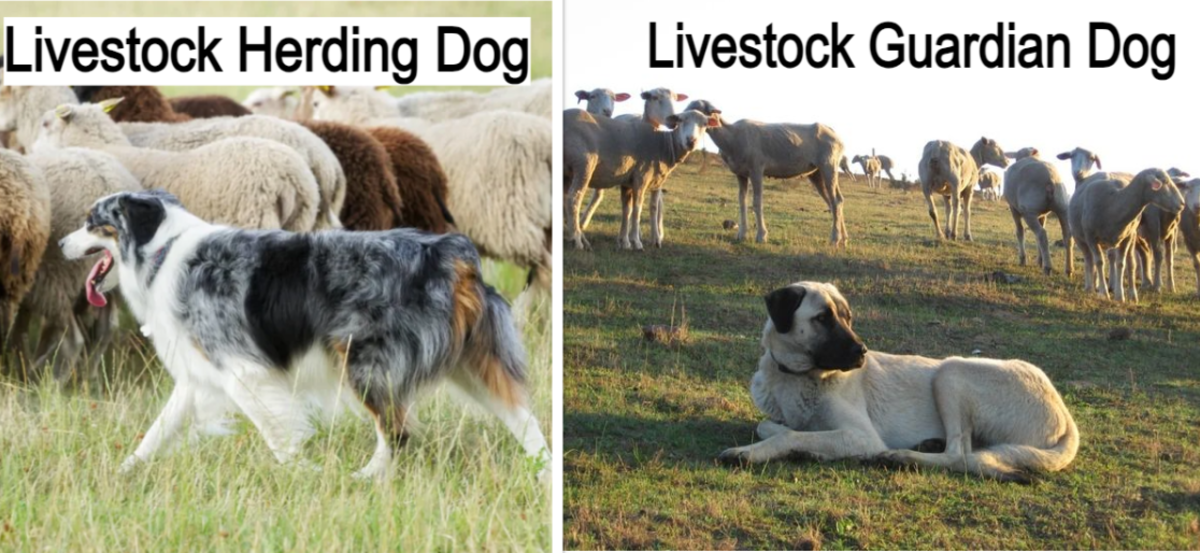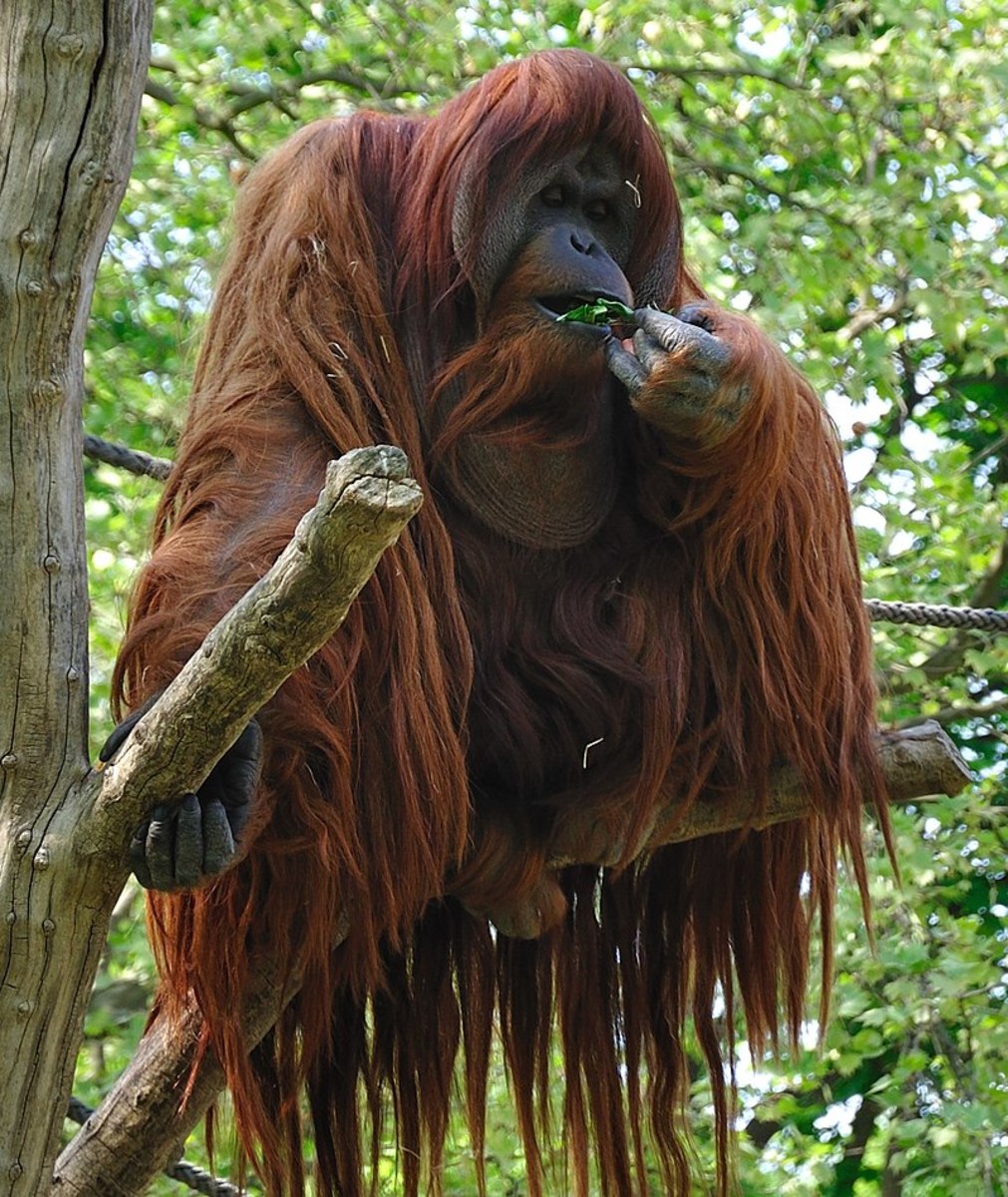Why kill wolves when they have gifted us with our best friend – the dog
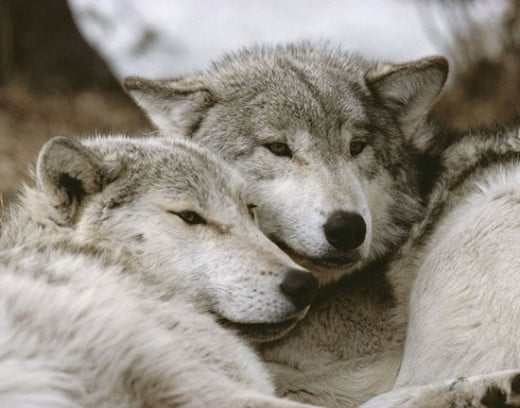
Wolves' life
Idaho's Governor 'Butch' Otter signed his wolf killing bill on March 26, 2014, just months after he asked the state legislature to generate it. In his January State of the State address, Governor Otter chose this action as one of just a few priorities he found worthy of the states immediate attention and worthy of residents' taxpayer dollars.
In his address he stated, "We’re managing them now, and they’re a trophy hunting species. But the population is still growing, and our resources remain at risk." Facts from his own state fish and game agency prove otherwise. The official record shows Idaho's wolf population in a year over year decline since 2009.
So why are we so much against wolves?
Wolves have given us dogs. Yet we are bent upon wiping them off the surface of the earth.
It is proven by experimental evidence, archaeology, and DNA studies that dogs (Canis Lupus Familiaris) are either a direct descendants of Gray Wolves (Canis Lupus) or, at least, dogs and wolves are direct descendants of a common ancestor that went extinct 18,000 to 12,000 years ago.They have many common traits indeed.
"There are some dogs which, when you meet them, remind you that, despite thousands of years of man-made evolution, every dog is still only two meals away from being a wolf." - Neil Gaiman in Good Omens.
Wolves have affection for their pack members, gifting us with disability aid or assistance dogs
As the first video shows, wolves are known for affectionate, loyal, sentient and care-taking behavior toward their young and their elders. The whole pack will come to the support for an injured comrade. They have been observed to bring food for the sick and the elderly pack members. Although dogs are not pack animals, they certainly are social animals. This feeling of affection has been harnessed in them in a different way that we normally don’t think of.

We are aware that dogs are used as ’Guide Dogs’ and ‘Hearing Dogs’, but fewer of us know that they are being used as service dogs and as help in sensory processing disorders. For example, an Autism Service Dog will interrupt behavior of an autistic child who is self-harming or provide a counterbalance to latter’s poor balance. Please see the beautiful video and the link to a book related to this topic.
'Blind Courage' is a worth reading book. It is the story of a blind man, Bill Irwin, who, with his guide dog , Orient, hiked the 2100 miles of the treacherous Appalachian Trail.
Wolves find time to play, gifting us with companion dogs
"The dog was created especially for children. He is the god of frolic." - Henry Ward Beecher.
Unlike our preconceived notion, Wolves of a pack always find time to play for relieving stresses and rekindling or strengthening the familial bond. Dogs have taken this

characteristic from their cousins too. There are gentle companion dogs that shower our children with affection all the time – Leonbergers, Newfoundland Dogs, Labrador Retrievers, Golden Retrievers, Irish Wolfhounds, Samoyeds, etc. as the video shows.
Worth reading is the book 'Following Atticus' by Tom Ryan. It is the remarkable true story of a man and a dog embarking on the challenge of a lifetime. Tom, struggling in his personal life, and his miniature schnauzer companion, the “Little Buddha” Atticus M. Finch, attempted to scale all forty-eight of New Hampshire’s four thousand foot White Mountains twice in the dead of winter. It is a story of love, loss, and the resilience of the human and animal spirit.
And while at it, most dogs will find time to play with their human companions, providing them company and being the best buddy around.
Try it yourself. When you are down with a bout of depression, go and start playing with your dog. Its wagging tail and a smiling face will automatically bring you out of any kind of depression.
LGDs in Switzerland
Wolves bond with their pack members, gifting us with livestock guardian dogs
As the first video shows. wolves of a pack are a family unit with a head mating pair (called alpha male and female) and their offspring from various litters, who are fully bonded to each other. This characteristic of wolf has been retained in livestock guardian dogs (LGDs). LGDs are bonded to the livestock. They protect their charges (cattle, sheep, goats,

chicken, etc.) from predators and bandits wherever they move for grazing. They will challenge a dangerous intruder if they perceive it as a threat to their pack, which is livestock.
Most dog breeds in this category are large and muscular – Great Pyrenees, Italian Maremmas, Turkish Kangal and Akbash dogs, Caucasian and Central Asian Ovcharkas, Hungarian Komondork and Kuvaszok, Bulgarian Karakachans, etc.
In her book 'Shepherds of Coyote Rocks', Cat Urbigkit has written on her adventurous life as a shepherd herding her flock of sheep in northwestern Wyoming and in the process has described the region, LGDs, transhumance and wildlife conservation in a beautiful and a lively manner..
Wolves voice their feelings, gifting us with watch dogs
Although wolves have a wide range of vocal sounds to convey a message, they rarely bark. They only bark when an intruder gets closer to their dens. This characteristic has been greatly improved in the dogs. Watch dogs, dogs that bark to send an alarm signal to their humans rather than fighting the adversary off,

have greatly improved barking sounds. The bark that alarms its humans has many levels. It is the one that is high in pitch and repetitious and sends the highest level of alarm that has saved many a homes from robberies.
Watchdogs come in all shapes and sizes. Miniature and Standard Schnauzers, Chihuahuas, come to mind readily.
On the other extreme, dogs have inherited from wolves that affectionate welcoming bark that tells us that either one of his human pack members or a friendly guest has arrived on the doorstep.
In order to read an account of watch dogs in terribly risky situations, John Vaillant's 'The Tiger' is an awesome book. Vaillant covers dogs, but in the context of their accompanying hunters in Amur forests and sometimes becoming prey of the tigers themselves. Dogs in this book hunt by their masters’ sides and get hunted by Amur Tigers and their role is frequently described under tragic circumstances. However, the book starts with a thrilling but not a tragic confrontation of a female dog and the man-eating tiger.
Wolves are long distance runners, gifting us with dogs having endurance
Wolves are long distance runners as they chase their prey, isolate the weakling, exhaust it, and bring it down. This characteristic of wolves has been retained for deployment in dogs in three ways.

Sight hunting dogs like Salukis are marathon runners and will chase after a prey for a long distance till the latter gets tired and gives in. We also have scent hunting dogs like foxhounds and coonhounds, who will follow a scent of an animal prey for long distances and finally hold them at bay till their humans arrive. Bloodhounds will follow scent of runaway criminal/lost child for a long duration before they find them or find some other clue to their running away.
This characteristic is also harnessed in another form in dogs like Siberian Huskies, Alaskan Malamutes, Canadian Eskimo Dogs, etc. who can pull sleds and heavy loads for long distances.
The third way this ability has been deployed is in gun dogs – spaniels, setters, pointers, flushers, and retrievers – who work tirelessly in rough terrain and under adverse conditions to assist in hunting, and, most recently, in working closely with wildlife conservation experts like the video shows.
Wolves eye their potential prey, gifting us with herding dogs
When the gray wolves hunt, they try to startle the prey into running. They do it by intimidating their adversary, eyeing it, harassing it, and forcing it to start running. When the wolves lock on their prey, they cut it off from the rest of the herd and channelize the chase into a particular corridor where bringing it down is easier. This characteristic of eyeing, chasing, and channelizing has been nurtured in our herding dogs. Dogs like Border Collies, Shetland Sheepdog, Pulik, Kelpies, etc. show this quality while herding the livestock as this video shows.
Wolves have a prey and fight drives, gifting us with catch dogs
Wolves will kill their prey to eat it and members of one pack will fight off another pack when it comes to protecting their territory, young, or a carcass. The fight drive results in the detaining, harassing, baiting, or driving off of a dangerous foe. Dogs having pronounced prey and fight drives are used as catch dogs in police work and as catch dogs for hunting dangerous wild animals.
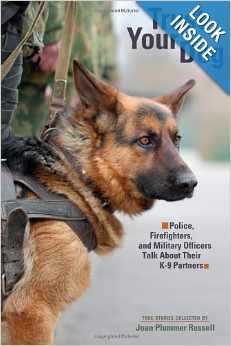
This characteristic has been retained and improved in agile dog breeds like German Shepherd and Belgian Malinois to take on criminals, Dogo Argentino to fight off wild boars, Karelian Bear Dogs to challenge and chase away bears, Cane Corso to fight off other dangerous animals, etc. Dogs are also trained to be protection dogs for families, especially those at risk of violence, as the video shows.
Unfortunately, the same drive has been harnessed for dogs put into dog fighting. But that is a topic of another article.
In order to read about loyalty, heroism, sacrifice, bravery, heartbreak, humor, and more in the legendary partnerships between law enforcers and their K-9s, I recommend reading 'Trust Your Dog' by Joan Plummer Russel.
Wolves are territorial, gifting us with guard dogs
Wolf packs have an ingrained need to protect their territory. This characteristic is also present in dogs like Doberman Pinchers, English Mastiffs, etc. to guard property, especially in the absence of humans. It is not surprising that Dobermans’ were, and still are, a breed of choice for guarding industrial estates on their own. Their creepy style of defense in teams of 2 or 3 by sneaking up on an intruder in total silence and then launching a surprise attack has been used in many movies across the globe. See the video.
Fila Brasiliero are kept on plantations in Brazil to perform their guard duties and Boerboels perform the same duty in South Africa.
Unlike their brethren from LGD group, their loyalty is to land and property rather than to livestock moving over large distances, although they will surely protect their humans any time and at any place as well.
Now it is time to return the gift to wolves
When we look at dogs, we are actually looking at wolves, only that when the first wolf like dogs decide to wag their tails into humans’ world, their brethren decided to keep wild and independent.
We persecute and hunt wolves on as false and flimsy excuses like they kill children and will not hesitate in attacking grown-ups. Of course this is far from true. Actor Liam Neeson has correctly said, “In real life, wolves will do anything to avoid contact with mankind”. But if a wolf does wander into our world by mistake, it has to be seen and managed like a strange dog. When we see a lonely dog in a park or on a street, we don’t kill it. We take necessary precautionary measures and approach it and manage it differently.
Let us be grateful to wolves who have given us the greatest gift in the form of our loyal and loving dogs. It is time to give back.
Please stand up in support of wolves that are now being increasingly persecuted in the world, especially in the USA, where In June of 2013, the U.S. Fish and Wildlife Service (FWS) proposed removing federal Endangered Species Act (ESA) protection for the gray wolf throughout most of the lower 48 U.S. states and where officials like Governor of Idaho are bent upon killing them recklessly.
